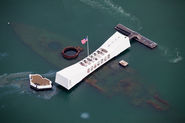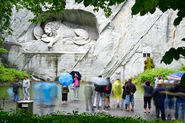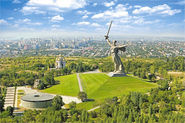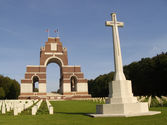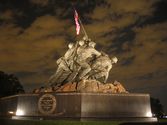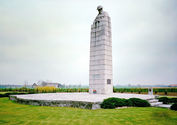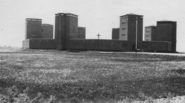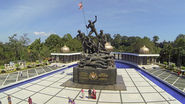Those who visit Paris are often quick to seek out The Louvre, the various palaces, and the Arc de Trimophe, but many people are unaware of the symbolism behind the latter. Built to commemorate the French losses in the French Revolutionary Wars and Napoleonic Wars, the arch is richly detailed with images, quotes, and the flawless masonry of France’s best builders. Its grandiose nature does not fully reflect the same sense of sorrow that other monuments hold, but this is one of the arch’s defining traits. Rather than only mourning France’s losses, the Arc de Triomphe serves as an embodiment of victory, national pride, and cultural merit. Indeed, those who visit Paris are often overwhelmed by the arch’s size and stonework, which only serves to accomplish one of the arch’s many aims.
Location: Paris, France | Faction(s) Memorialized: French soldiers | Conflict(s) Memorialized: The French Revolutionary Wars and Napoleonic Wars | Date of Unveiling: July 29, 1836
Description: An enormous stone arch inscribed with images of French adolescents, Germanic warriors, and multiple scenes correlating with historic events in France | Designer(s): Jean Chalgrin | Date of Conflict(s): April 20, 1792 – March 25, 1802 and May 18, 1803 – November 20, 1815 | Total Height/Area: 50 meters

 GOAT Series Staff
GOAT Series Staff
